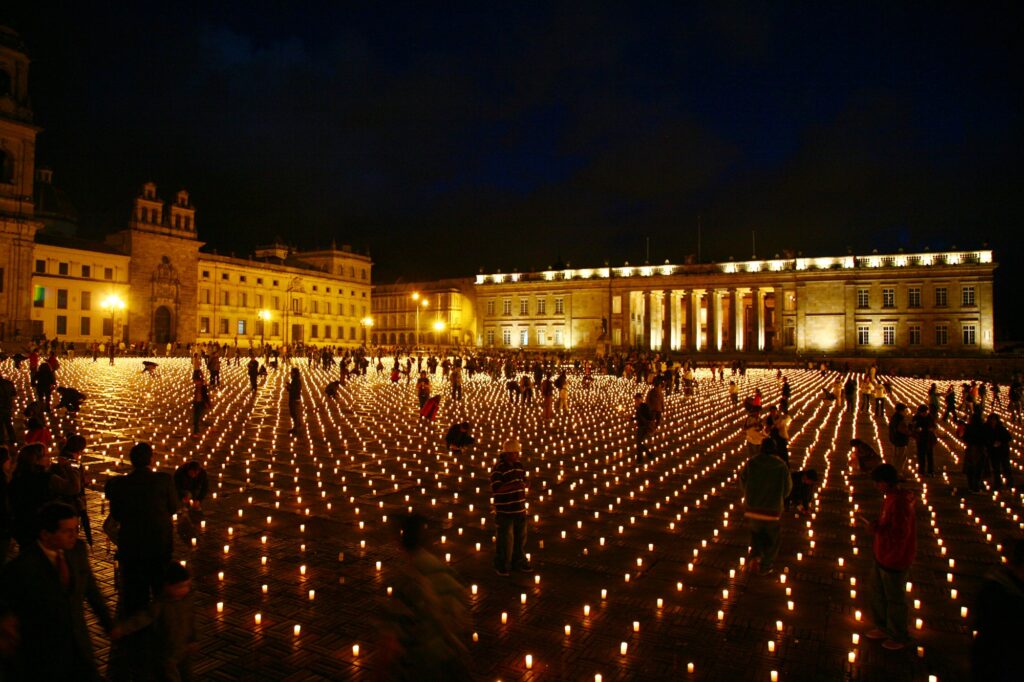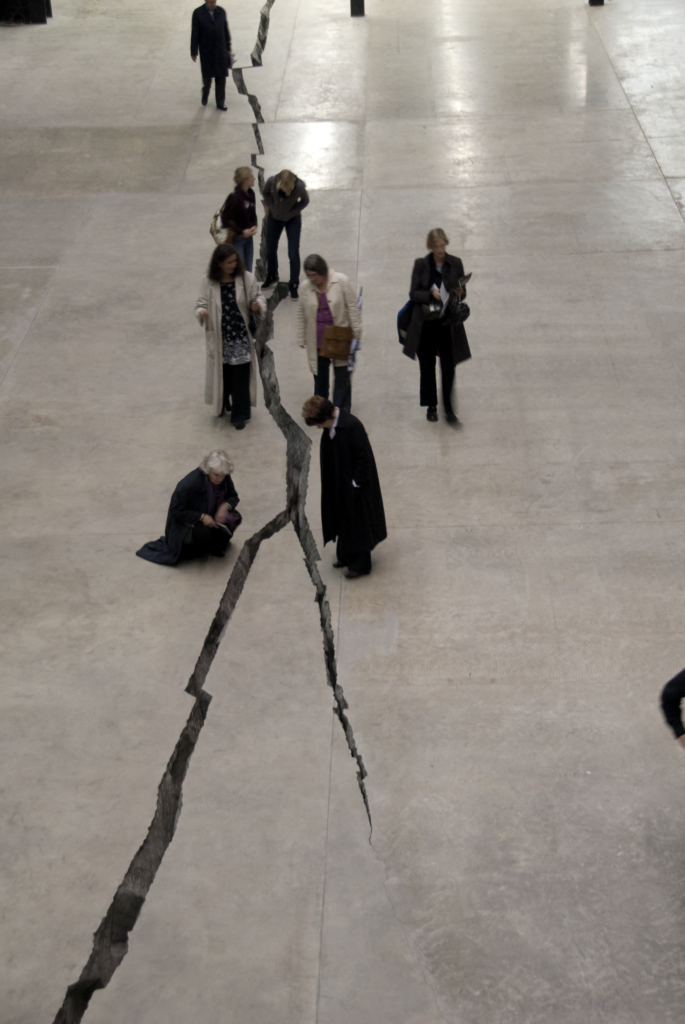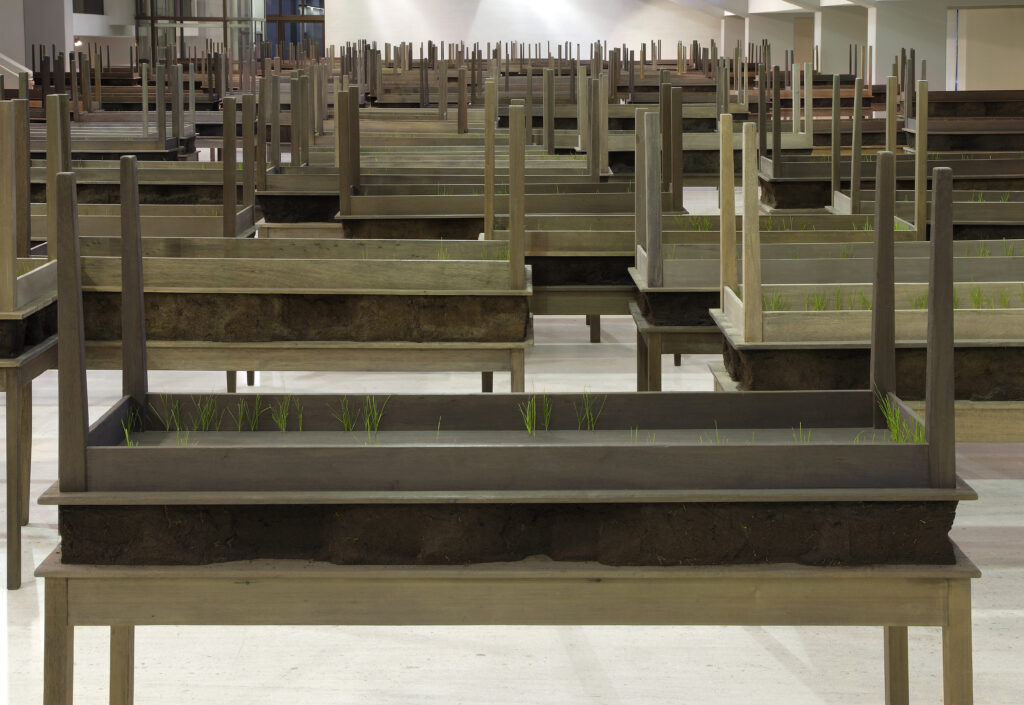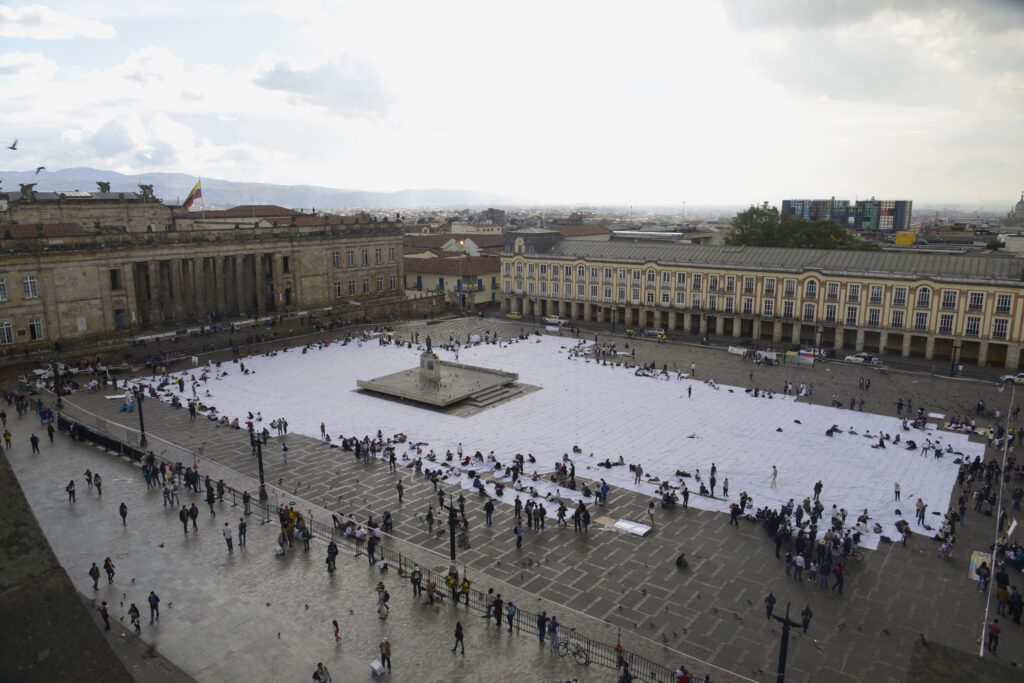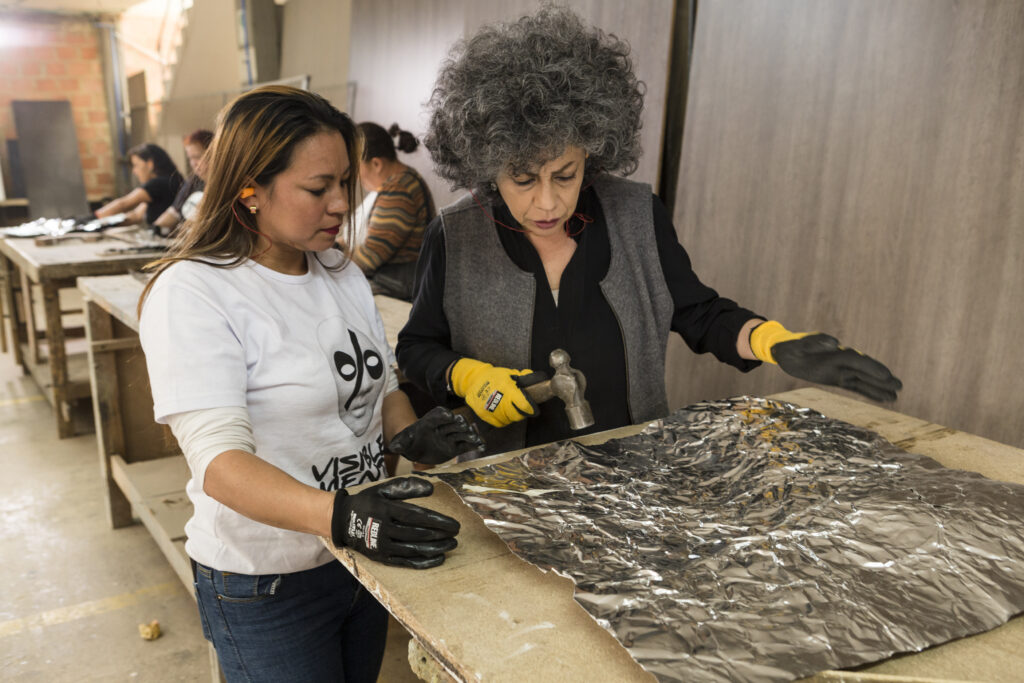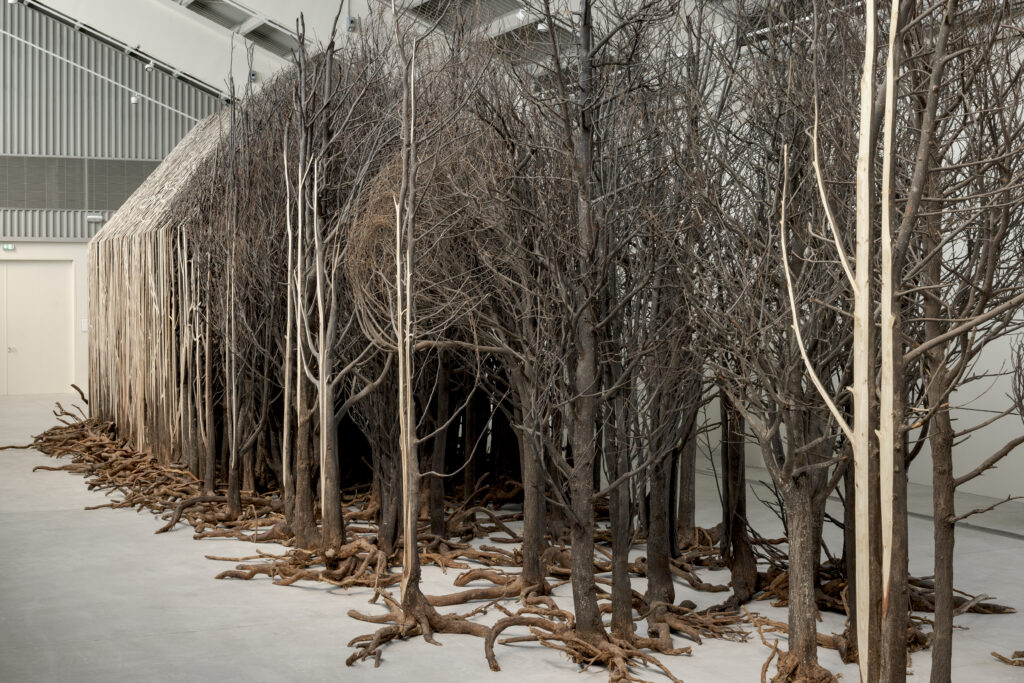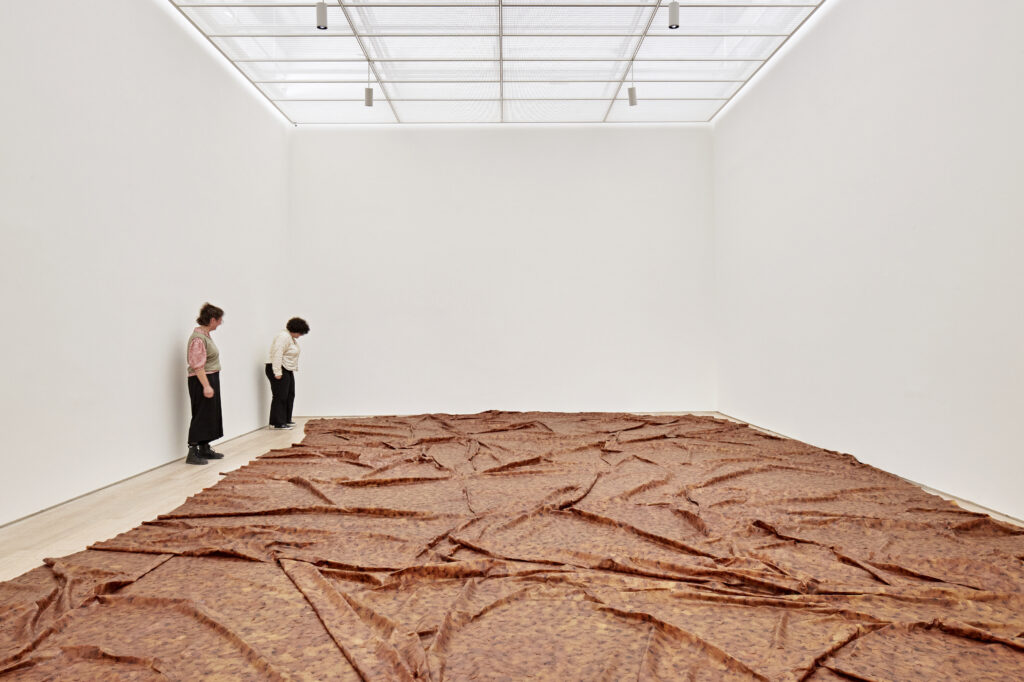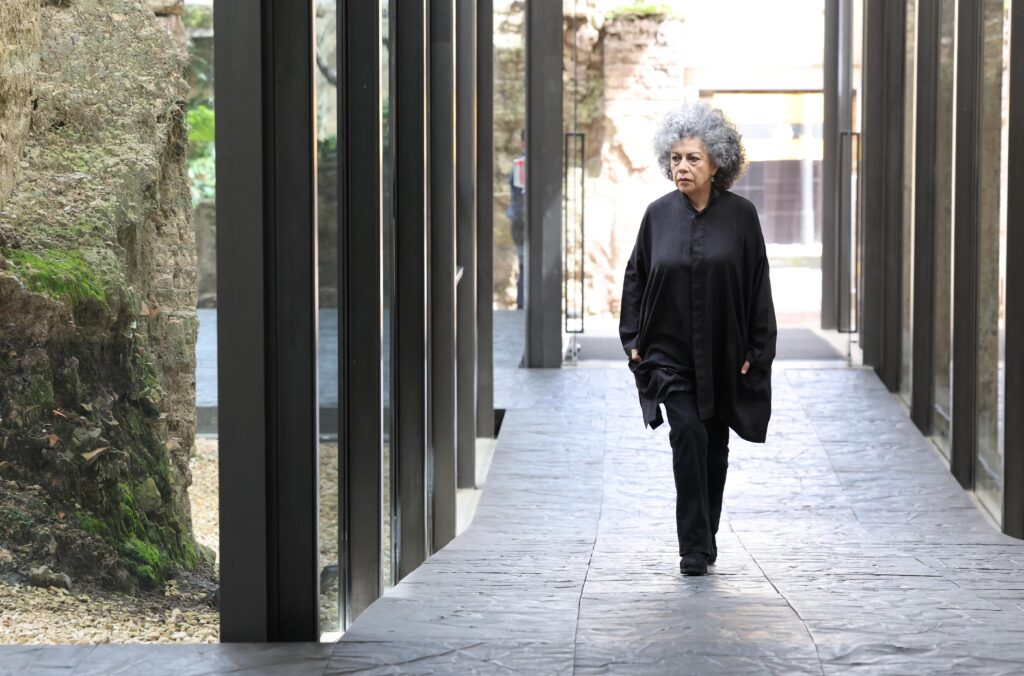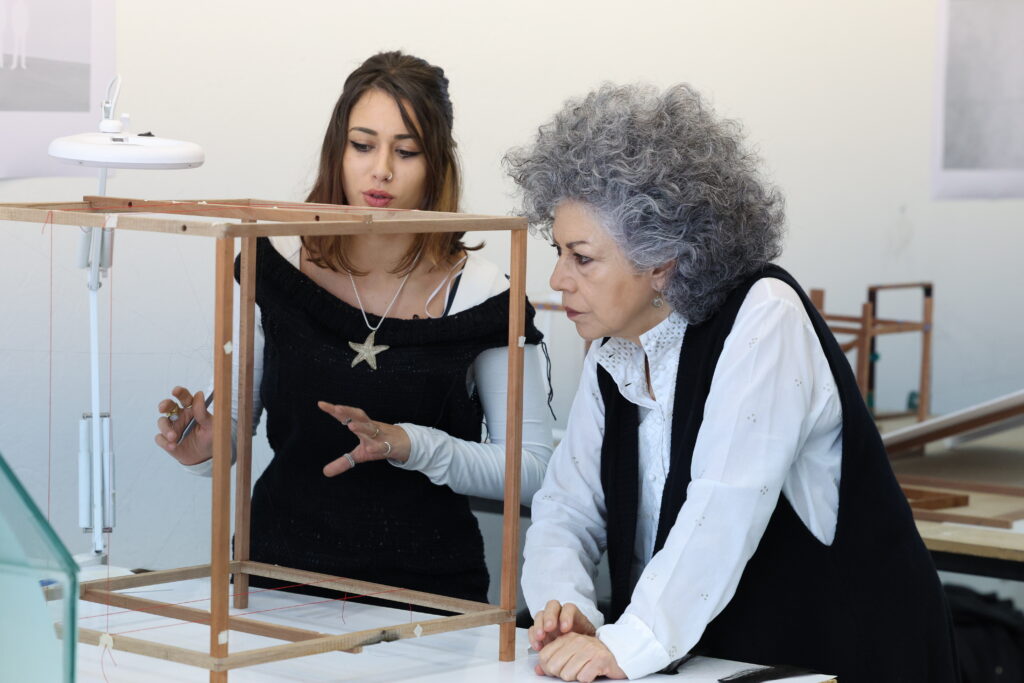The 35th
LaureateSculpture
Doris Salcedo
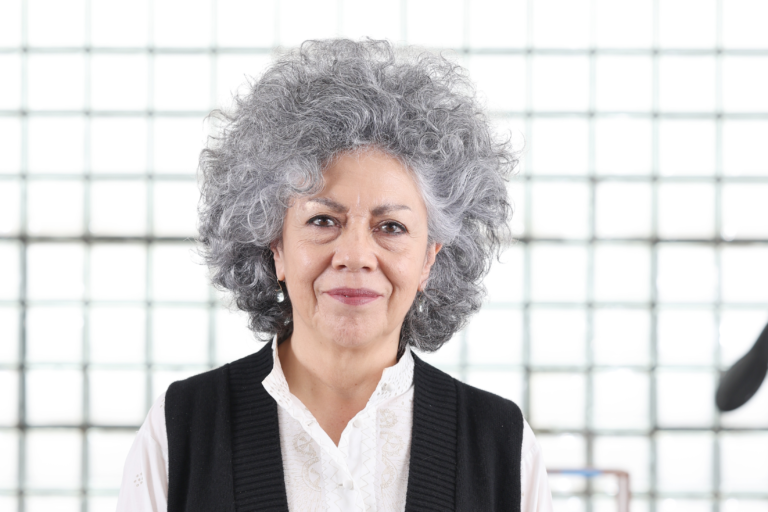
Doris Salcedo, a sculptor and installation artist from Colombia, creates works that delve into themes of violence, loss, memory, and pain by reusing and transforming familiar materials such as wooden furniture and clothing. She studied art at the Universidad Jorge Tadeo Lozano in Bogotá before moving to the United States in the early 1980s to pursue a MA degree at New York University. The prolonged civil war in Colombia, which lasted over half a century, serves as the inspiration for her creative work, with all of her pieces focusing on the victims of violence. Salcedo's notable works include Shibboleth (2007), where she created a crack in the floor of the Turbine Hall at the Tate Modern in the UK, and Fragmentos (2018), where she used molten metal from 37 tons of weapons to create the floor tiles of an exhibition hall to commemorate the end of the Colombian civil war. Currently she is working on a piece made out of human hair “to address the willful destructions of homes.” Salcedo has received numerous awards, including the Hiroshima Art Prize, the Nasher Prize (USA), and the Nomura Art Award. She is the first artist from Colombia to receive the Praemium Imperiale.
Biography
Doris Salcedo, a sculptor and installation artist based in Bogotá, Colombia, uses familiar materials such as wooden furniture, clothing, and flower petals as metaphors for her themes of violence, loss, memory, and pain. She reuses and tranforms these materials to create her art.
Salcedo's passion for drawing began at the age of six when she started taking lessons. She studied art at the Universidad Jorge Tadeo Lozano in Bogotá and moved to the United States in the early 1980s, where she earned her MA from New York University.
The more than half-century civil war between left-wing guerrillas like the Revolutionary Armed Forces of Colombia (FARC) and government forces and right-wing militias served as the foundation for her creative work. She says, “Growing up in Colombia gave me a perspective from which to look at the world. It has defined the totality of my work.”
All of her pieces are based on the experiences of victims of violence. Salcedo explains, “First, to bear witness to the violence so that it is not easily forgotten. Second, to show empathy for the suffering of the victims through my work. Third, I want my work to be a language of critical analysis and reflection about what is happening in the world.”
Salcedo's process begins with extensive research, including interviews, and she only starts production after thoroughly understanding the crimes and issues she aims to address. “It takes years to really understand the crime and the devastating effect political violence has on its victims,” she notes.
Her installation Shibboleth (2007) at the Tate Modern in London brought her significant recognition. The work featured cracks in the floor of the Turbine Hall to express themes of slavery and racism stemming from colonial history.
Another notable work, Fragmentos(2018), commemorates the end of the civil war in Colombia. It consists of 1,296 tiles created from 37 tons of melted weapons voluntarily given by FARC fighters, which were then placed as the floor of the exhibition hall in Bogotá. Twenty female victims of sexual violence in the context of the civil war hammered the molten metal into tiles to create the floor of a space for art and memory.
“This process gave them dignity and strength again. The weapons were destroyed. That's very significant because lives were saved. At the same time, the lives of the victims were transformed. It is perhaps the only work that actually activated a change in reality,” Salcedo remarks.
Currently she is working on a piece made out of human hair, to address Domicide, a crime that remains unpunished. The work addresses the willful destructions of homes, “with the sole purpose of creating suffering and forced displacement of its victims as can be witness in places like Ukraine, Gaza, Syria.”
There is a total team of about 50 people in her studio, and she describes her work as a collective effort, saying, “My work is not produced by a solo singer, but by a choir.”
Salcedo has received numerous awards, including the Hiroshima Art Prize, the Nasher Sculpture Award (USA), and the Nomura Art Award. She is the first Colombian artist to receive the Praemium Imperiale.
Chronology
Solo exhibition, Doris Salcedo: Unland, at New Museum of Contemporary Art, New York, USA
Noviembre 6 y 7 (November 6 & 7), on the wall of the Supreme Court in Bogotá
A Flor de Piel
Solo exhibition, Doris Salcedo, Hiroshima City Museum of Contemporary Art, Japan
Solo exhibition, Nasher Sculpture Center, Dallas, Texas
-
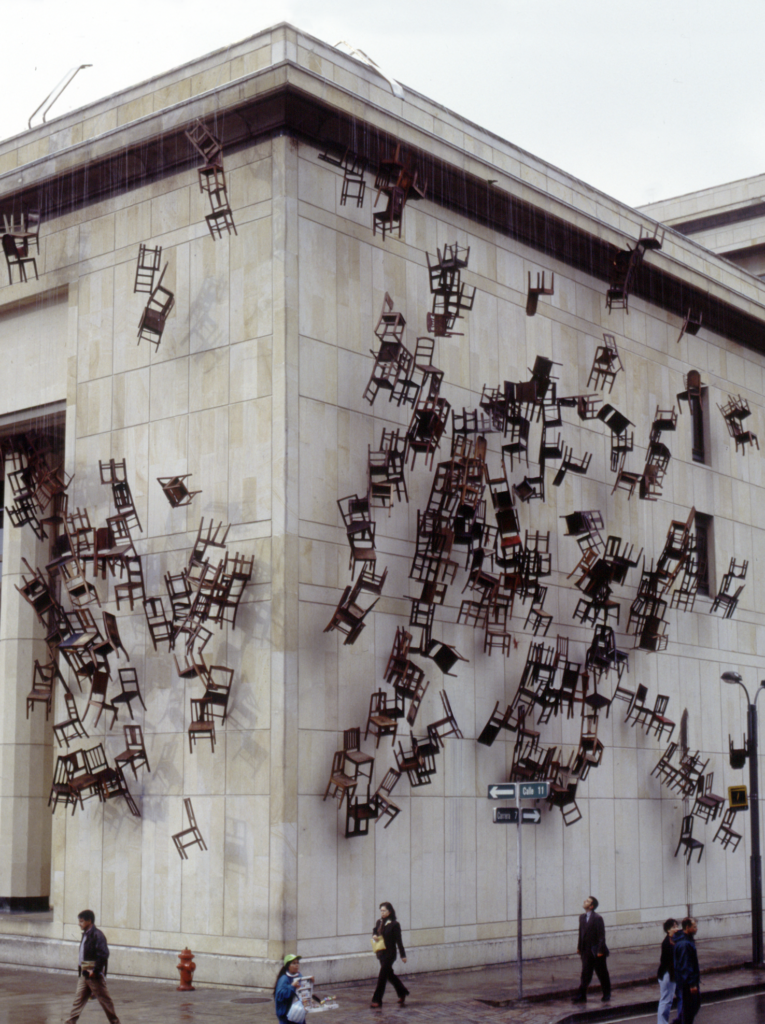
Noviembre 6 y 7, 2002
-
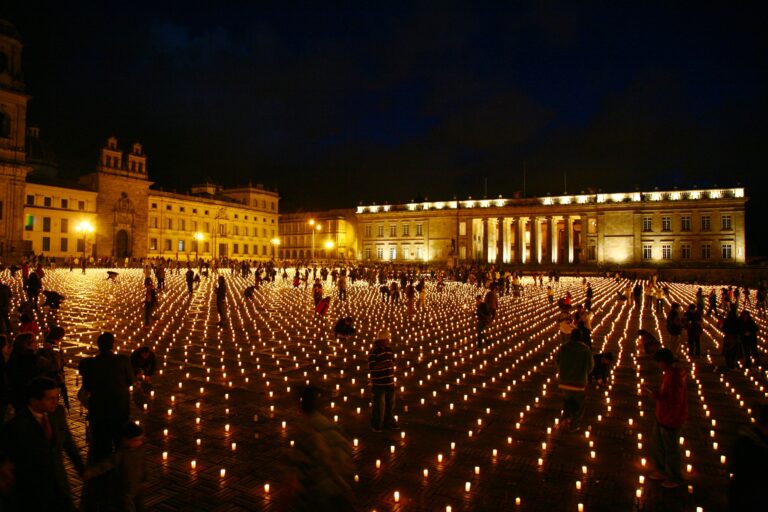
Acción de duelo, 2007
-
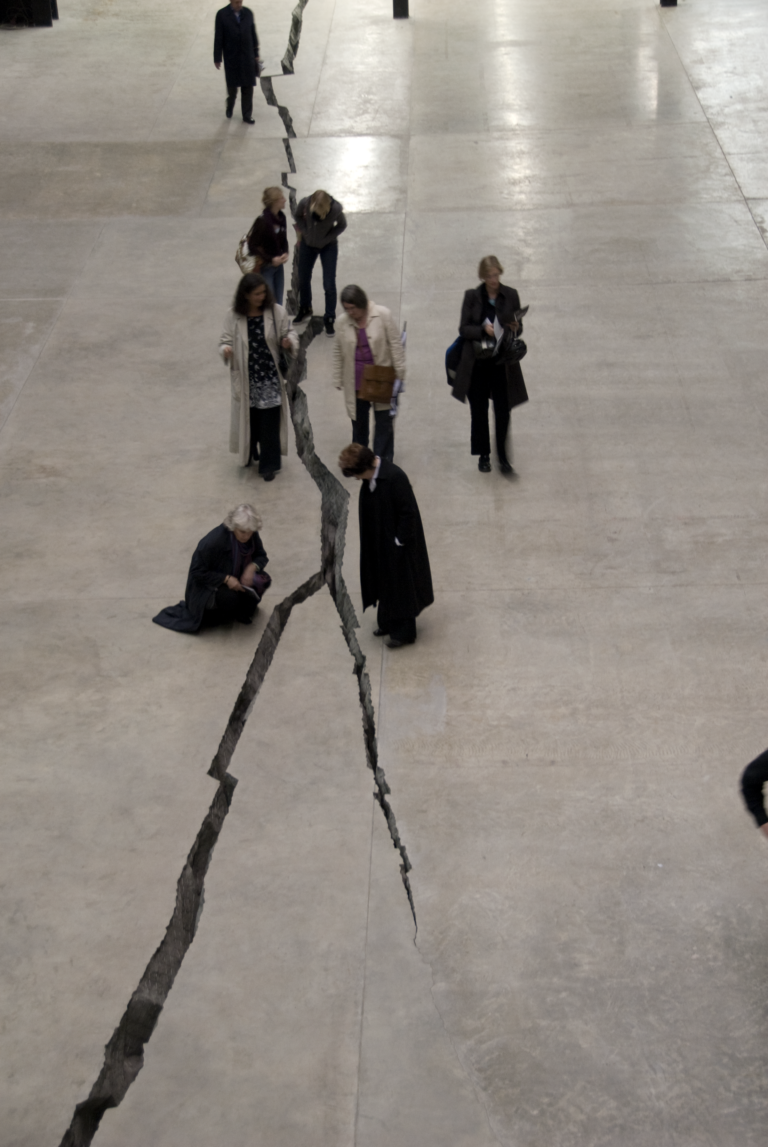
Shibboleth, 2007
-
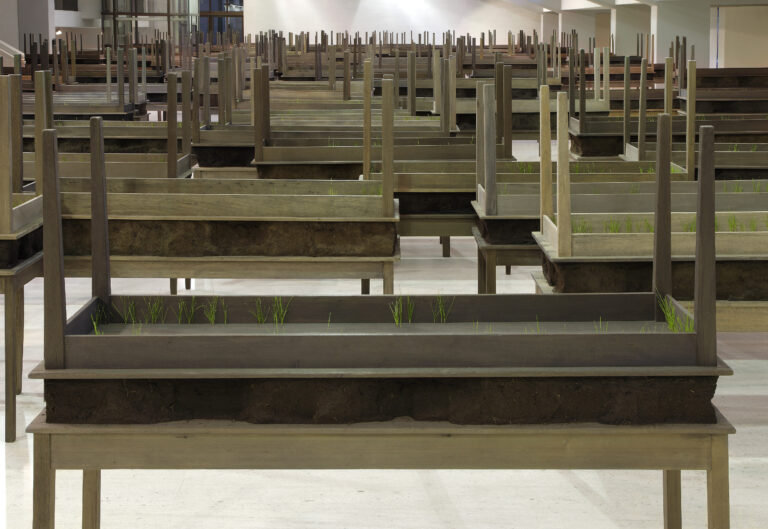
Plegaria Muda, 2008-2010
-
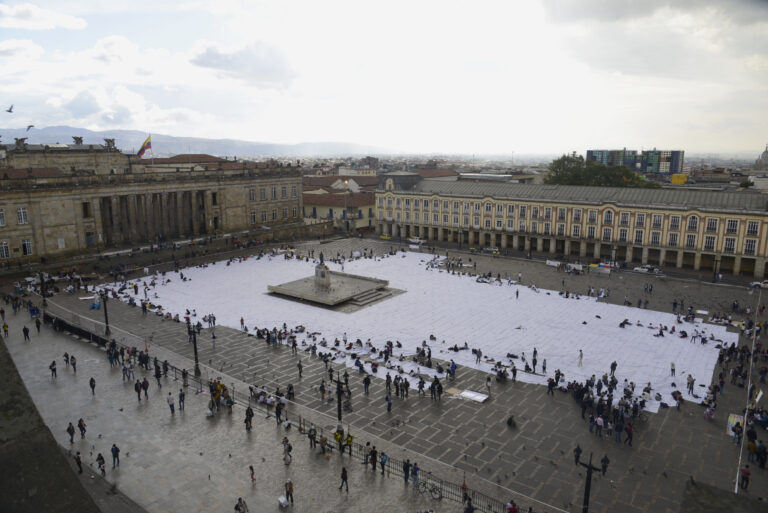
Sumando Ausencias, 2016
-
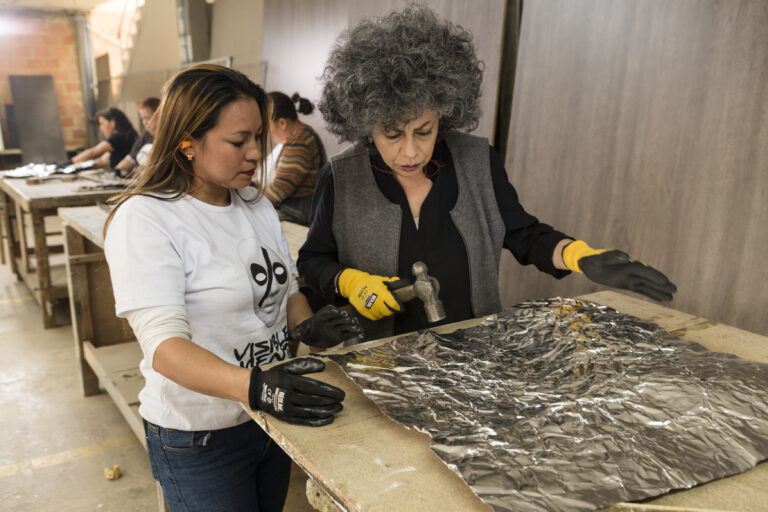
Fragmentos, 2018
Making of slabs -
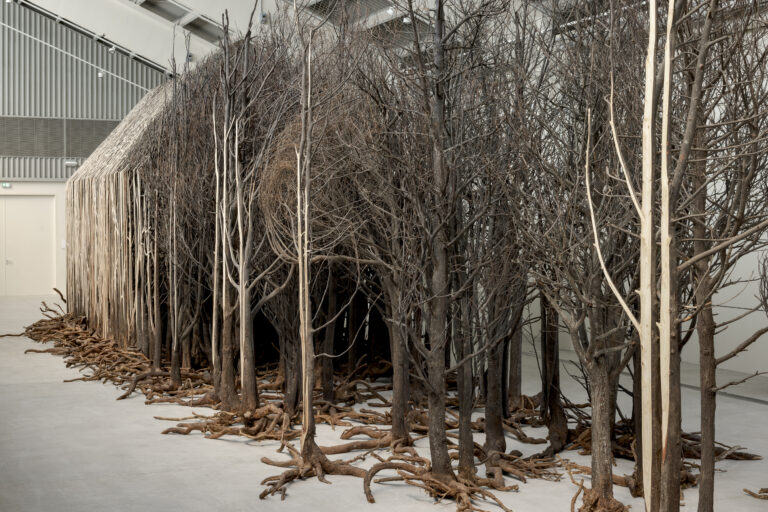
Uprooted, 2020-2022
-
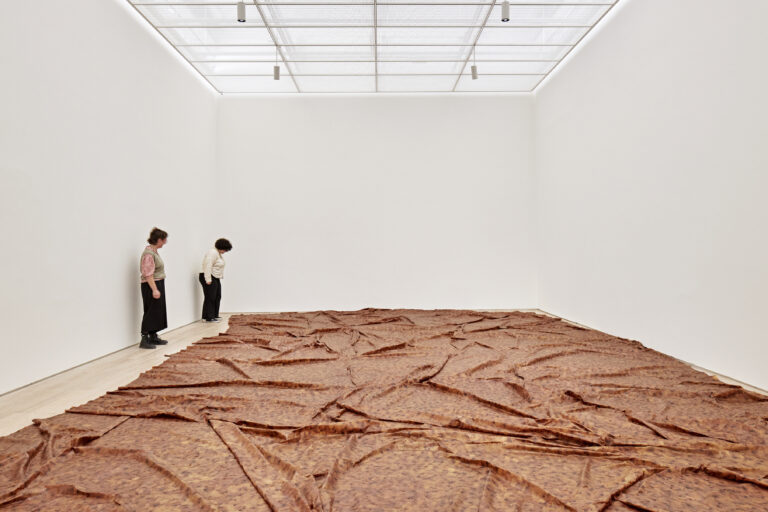
A Flor de Piel, 2012
-
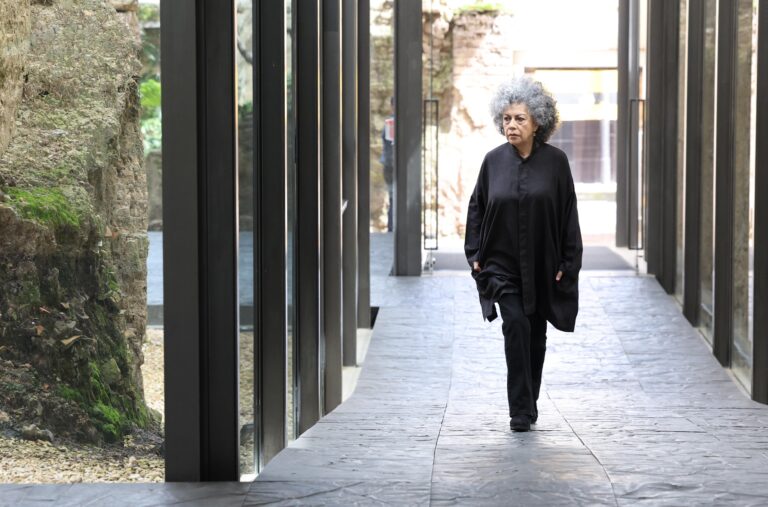
Fragmentos, 2018
(May 2024) -
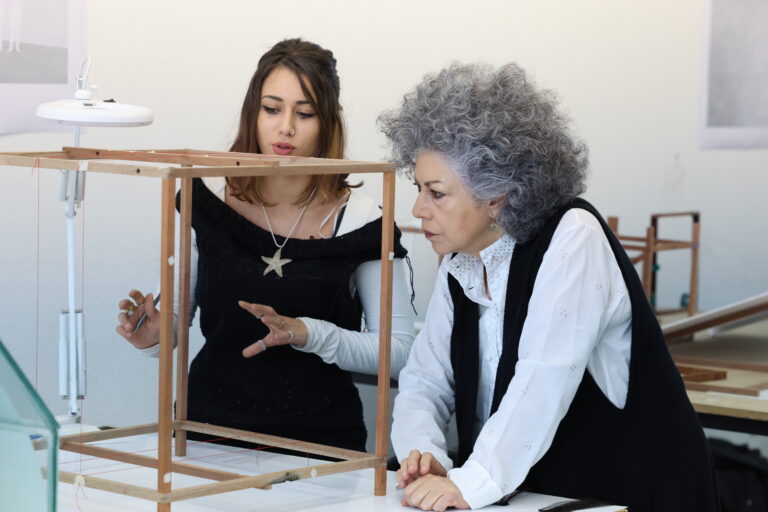
At her studio in Bogotá, May 2024


